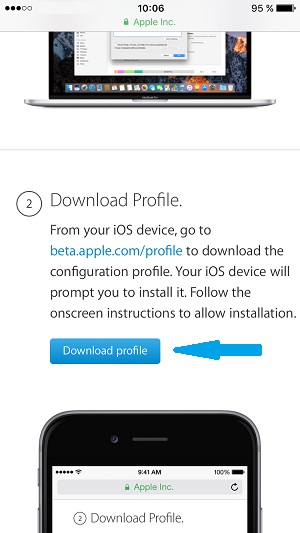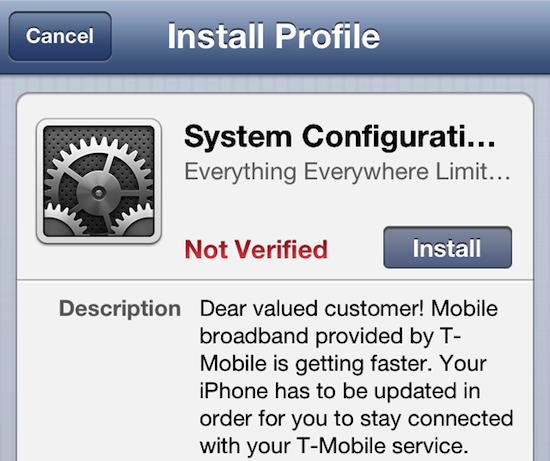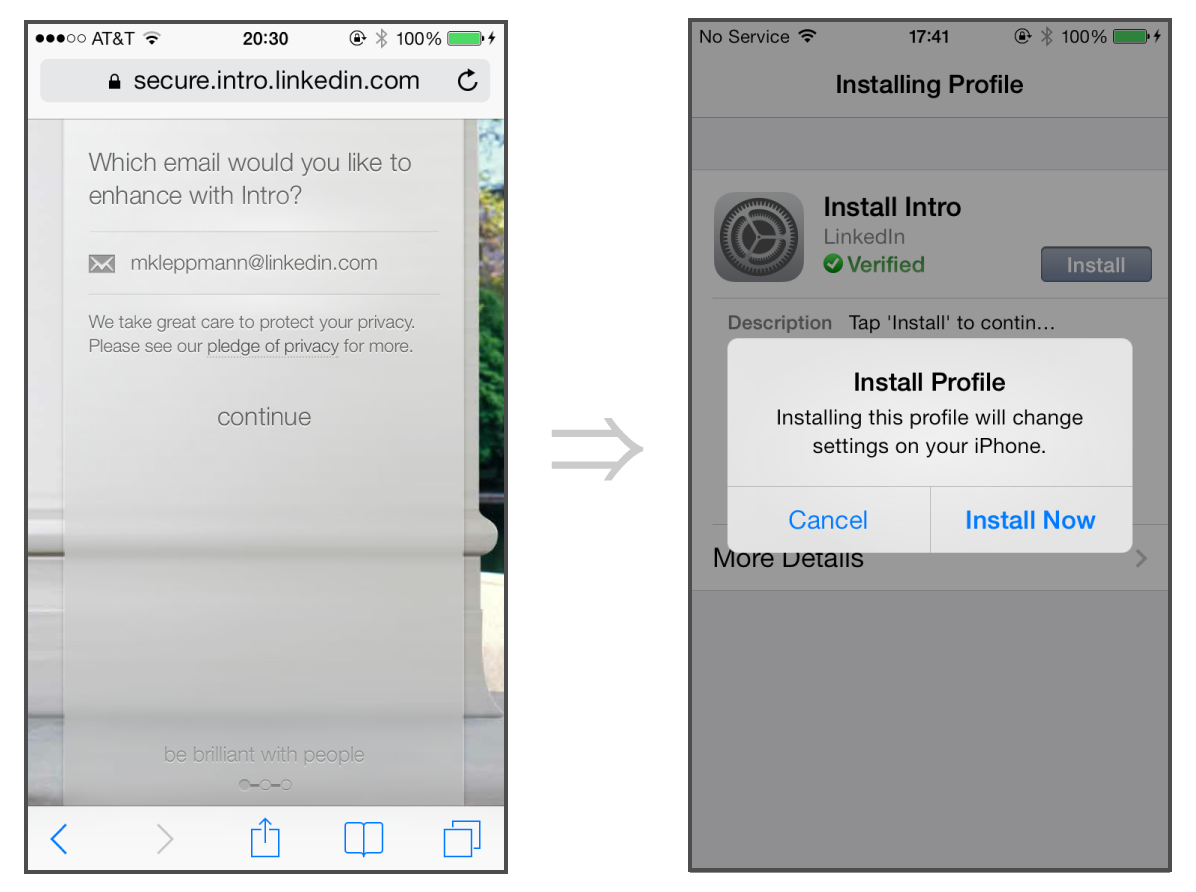

Below on the left is the first screen of the Outlook app, after the app configuration policy is applied. Let’s end this post with the end-user experience. Note: This configuration requires a managed device to apply the configuration to the app. On the Add configuration policy blade, click Add to add the app configuration policy. Note: The mentioned key and value pairs are sufficient to set the required settings for Office 365, including an additional setting to set a value to all configurable fields. On the Configuration settings blade, select Use configuration designer with Configuration settings format, provide the following information and click OK to return to the Add configuration policy blade .EmailAccountNameĬom.Ĭom.Ĭom.Ĭom. On Add configuration policy blade, select Configuration settings to open the Configuration settings blade On the Associated app blade, select Outlook and click OK to return to the Add configuration policy blade On the Add configuration policy blade, provide a Name, select Managed devices with Device enrollment type, select iOS with Platform and select Associated app to open the Associated app blade

On the client apps – App configuration policies blade, click Add to open the Add configuration policy blade Open the Azure portal and navigate to Intune > Client apps > App configuration policies The following 7 steps walk through the configuration of the app configuration policy that configures an Exchange Online profile for the Outlook app on iOS. Now let’s continue by having a look at the configuration of the actual email profile. Note: Please don’t forget that all of these keys start with. I removed that prefix to make the table a bit more readable.

Below is an overview of the available keys, the value types, the default value, a short description of the accepted value and if the key is required. Let’s start by having a look at the available keys and values for configuring an email profile for the Outlook app. I’ll end this post by showing the end-user experience, which will also show why I think that the added value for Exchange Online might be minimal. In this post I’ll show the available keys for configuring an email profile and I’ll show the configuration steps. Simply because I’ve got that available in my lab. Having said that, I do use that configuration as an example configuration. I’m not that sure about that specific use case.

Some even want to look at this for preconfiguring an email profile for Exchange Online. Depending on the exact infrastructure, this can save a lot of (adaption) work in providing guidelines to the users. Actually preconfiguring an email profile for the users, making sure that the users only need to provide their password. This week is all about configuring an email profile for the Outlook app.


 0 kommentar(er)
0 kommentar(er)
